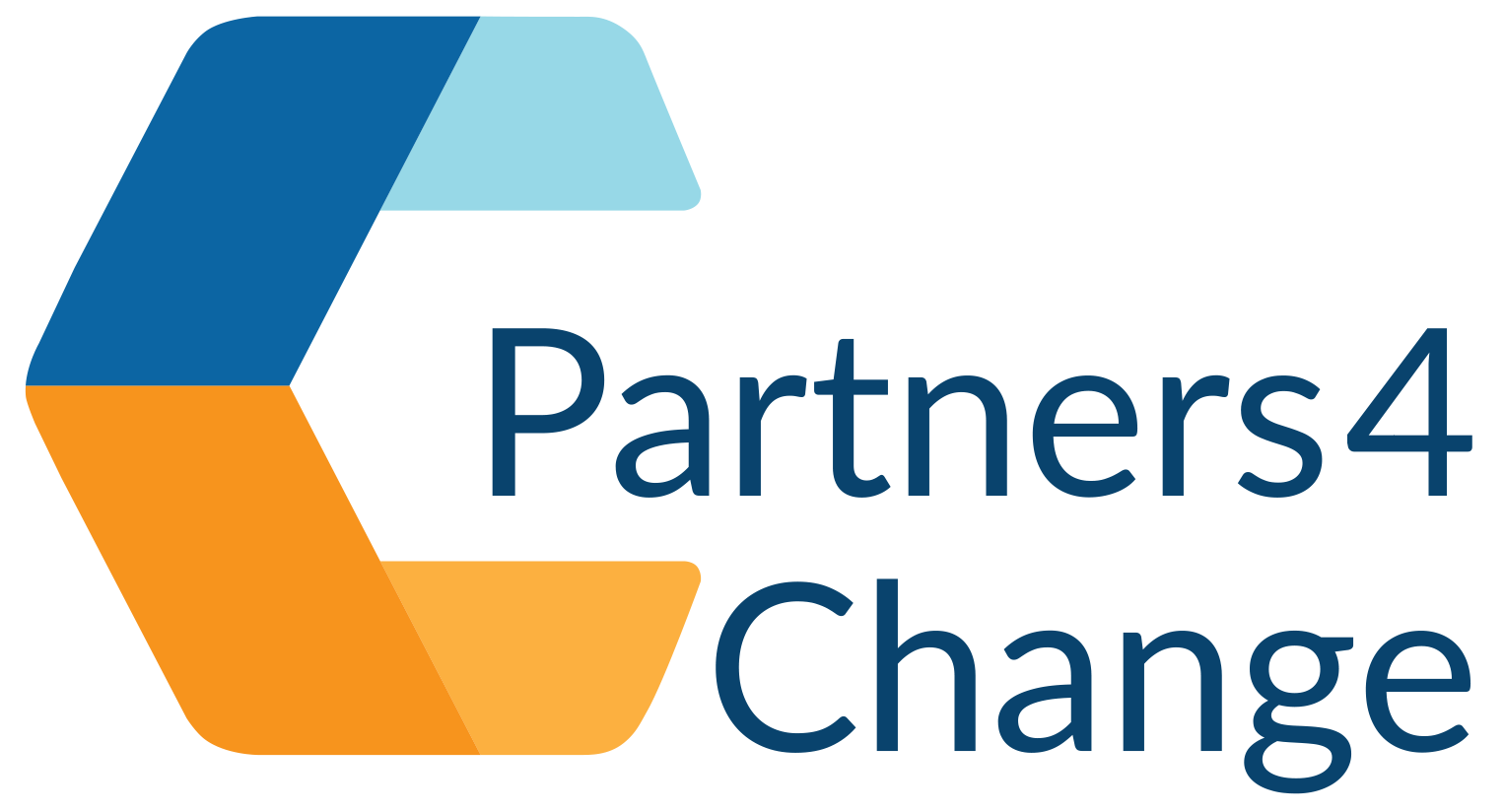Stop having meetings and meet
Ever been in a meeting where you feel like – well, like ending it all? A meeting so dull, ineffective and frustrating that you just want to bite down hard on the cyanide capsule they installed under your back left molar on your first day?
I have. Repeatedly.
It doesn’t have to be this way. Partners4Change believes in ending bad meetings. For good. And to save our souls from torment.
So, how can this be done?
With some straightforward golden rules born in the fires of a thousand bad meetings, that’s how. In this blog, I’ll talk about 3 rules that can help to stop meetings from being energy-sapping exercises, turning them into useful tools for communication and change. So, here’s rule number 1:
Rule 1 The rule of anti-chairing
The rule of ‘anti-chairing’ is to adopt the role that is opposite to that of the day-to-day, traditional frustrating chairing we all see. Anti-chairing is the art of holding a conversation with a group of people. It is the task of walking a group of people through a journey/process without being so authoritarian that attendee engagement is stifled and suppressed. The anti-chair is therefore a person who accepts and understands that how the meeting is conducted is their responsibility.
Therefore, this person isn’t necessarily the most senior person in the group or the most vocal. It is the person who can adopt the anti-chairing role and make it their mission to ensure that the most value is squeezed from the time the group spend together.
At Partners4Change, we work with people to take this mantle. I myself was a lowly, misunderstood IT fella standing in a room of social work professionals who learnt this role of chairing. I was shown how to adopt the anti-chair role away from the traditional senior management for the benefit of the group and the project.
Success as a chair is getting people to feel that they are being ‘held’ during their time in the meeting. If a person feels secure and knows what’s happening, they will feel safe – safe enough to participate. For example, explaining ‘why we are here’ is such a simple concept, but one that is constantly omitted from standard meetings, or rushed through with the ‘take one and pass it on’ circulation of a hurried agenda. Without a crystal-clear understanding, there is immediately a barrier to engagement and attendees are already playing catch up.
The anti-chair understands that the first job in any meeting is to welcome everyone, thank them for coming and then clearly explain what is going to happen. Write it in the sky, put up bunting and a banner, laser project it on a screen; just make it as bold as possible – ‘this is why you’re here and this is what we’re going to do’.
As the anti-chair, you are responsible for people’s time. Attendees are looking at you to help them through; they are relying on you to keep them interested and engaged. You should be their saviour not their tormentor.
So, when the meeting gets dominated by one voice, which more often than not is the most senior manager feeling they need to flex their influential muscles, the rest of the room are relying on you to save them.
I’ve sat in meetings when the only person who spoke was the senior chair, releasing their seemingly never-ending thoughts like a nuclear rod emits harmful radiation. You’ve seen it yourself I’m sure. A room full disengaged people, some with eyes rolling back, some hiding yawns hidden behind strategically timed nose scratches, some so desperate to say something that they’re even thinking about putting their hand up for permission to speak
You can be the one to save them. You can be that lead shield. You can be the one that gives the senior manager a task to do in the meeting so they still feel important, but will ultimately stay quiet and let people speak. You can be the one to have allies in the room so that when someone goes off track on a never-ending monosyllabic lecture on their favourite topic, you can strategically signal your ally to interrupt the person and bring the conversation back to you.
That’s the job of the anti-chair; to take responsibility for those molar cyanide capsules. It’s down to the anti-chair to make sure that no one is biting down on anything during your meeting apart from the complementary biscuits you very thoughtfully provided.
